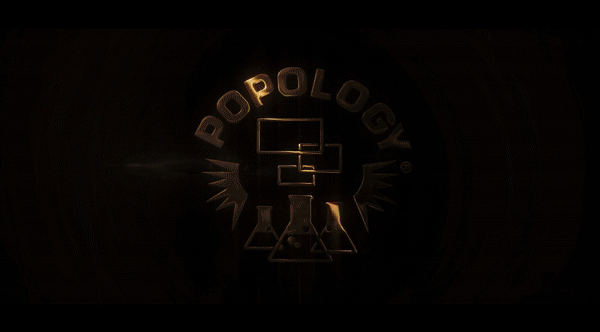Listen To Yourself. Listen To POPOLOGIST Tazuo Basho Yamaguchi on his passions of the Matsu Kappa from his narrative story, who were never meant to fly but discovered their hidden ability after the explosion of the Atomikkkan, He realized that by trusting himself, He could rise beyond limits he once believed were fixed.
The Kappa not only defied their nature by soaring into the sky, but they also learned to withstand the heat of the sun, carving it open to form their watery domes — symbolizing the power of an open mind and creative collaboration to birth entirely new worlds like 96542.
In this reflection, Tazuo (IPC) explores what happens when we stop doubting ourselves, embrace our creative gifts, and allow the universe to guide us — not like Icarus who fell from the sky, but like the Kappa, who rose with purpose.
If you’ve ever felt torn between self-doubt and inner knowing, this video is for you.






































































%20NEW-03.png)







